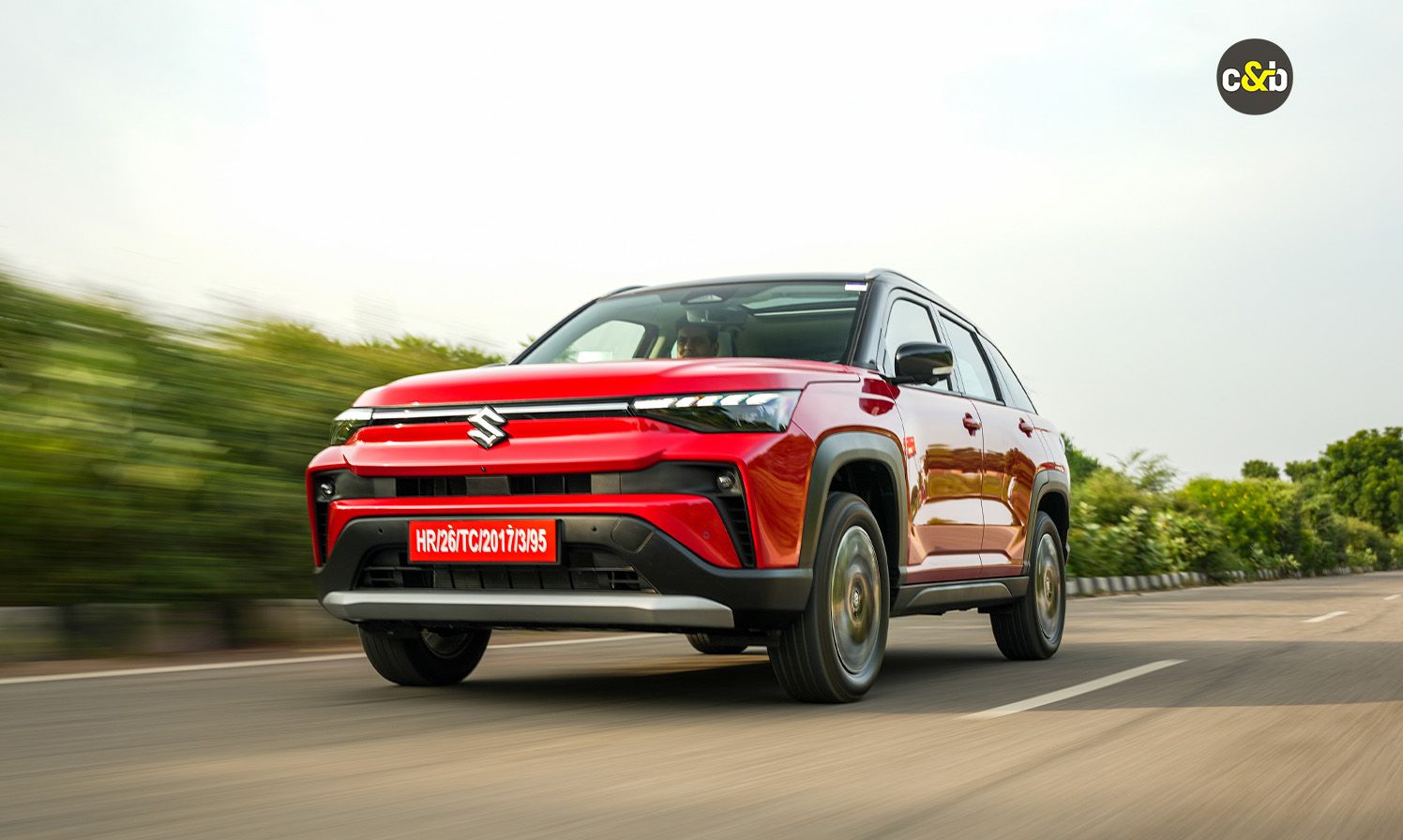


If launch proceeds as per plans, WagonR will be remembered as the world’s first minicar to be equipped with a full hybrid system
For several years, WagonR has been featured in the list of best selling cars in India. The tall-boy hatch is preferred for its reliable performance, high fuel efficiency and spacious interiors. Suzuki is currently working on the new-gen model, which is expected to be launched in Japan later this year. Reports indicate that the new-gen WagonR could get a full-hybrid setup. Let’s unravel the details.
New WagonR full hybrid powertrain, features
Suzuki’s strong hybrid setup for the new-gen WagonR will utilize a combination of the drive motor currently in use with the Solio and AGS (Auto Gear Shift). This is used in combination with a 660cc, inline 3, DOHC petrol engine. The petrol engine generates 54 PS and 58 Nm of torque. The electric motor contributes 10 PS and 29 Nm and connects via an electric continuously variable transmission.
In addition to the full hybrid powertrain, new-gen WagonR will also be getting other upgrades. For example, the standard rear doors will be replaced with sliding doors. This change is in line with industry trends where other tall-boy hatchbacks in Japan have started using sliding doors. It ensures easy access for passengers and also makes it easier to load a wide variety of luggage and cargo. The seats will be highly customizable, allowing users to configure them as per their needs.
Dimensionally, new-gen WagonR in Japan is expected to be 3,395 mm long, 1,475 mm wide and 1,650 mm tall. The hatchback will have a wheelbase of 2,460 mm whereas vehicle weight will be 850 kg. New-gen strong hybrid WagonR in Japan is expected to be available at a starting price of 1.3 million yen, which is approximately Rs 7.65 lakh. The top variant could be offered at around 1.9 million yen (Rs 11.19 lakh).
Hybrid WagonR for India
For the Indian market, Maruti had earlier stated that it is working on a new affordable hybrid system. This will be used for its smaller cars such as WagonR, Swift, Dzire, Fronx, etc. Maruti’s affordable hybrid setup will likely be used with the 1.2-litre, 3-cylinder petrol engine. While Maruti could probably access hybrid tech from Toyota, it would prove expensive for Maruti’s small cars. That’s the reason why Maruti is developing its own in-house cost-effective hybrid solution.
Maruti’s plans to introduce hybrid tech for its smaller cars will also depend on government policies. As of now, there is a stronger incentive for EVs in comparison to hybrids. For example, the GST rate for EVs is 5%. Moreover, many states have announced full or partial waivers on road/registration tax for EVs. Fully electric cars also benefit from subsidies available under FAME-II.
In comparison, strong hybrids attract a much higher GST rate of 28%. There’s an additional compensation cess as well, which increases the tax burden to around 43%. Hybrids also do not get tax waivers or subsidies. There are only a few exceptions such as Uttar Pradesh, where registration tax waiver was announced for strong hybrids in 2024. Some other states may also follow a similar approach. But to give strong hybrids a big boost, the incentives should be available nationwide.






